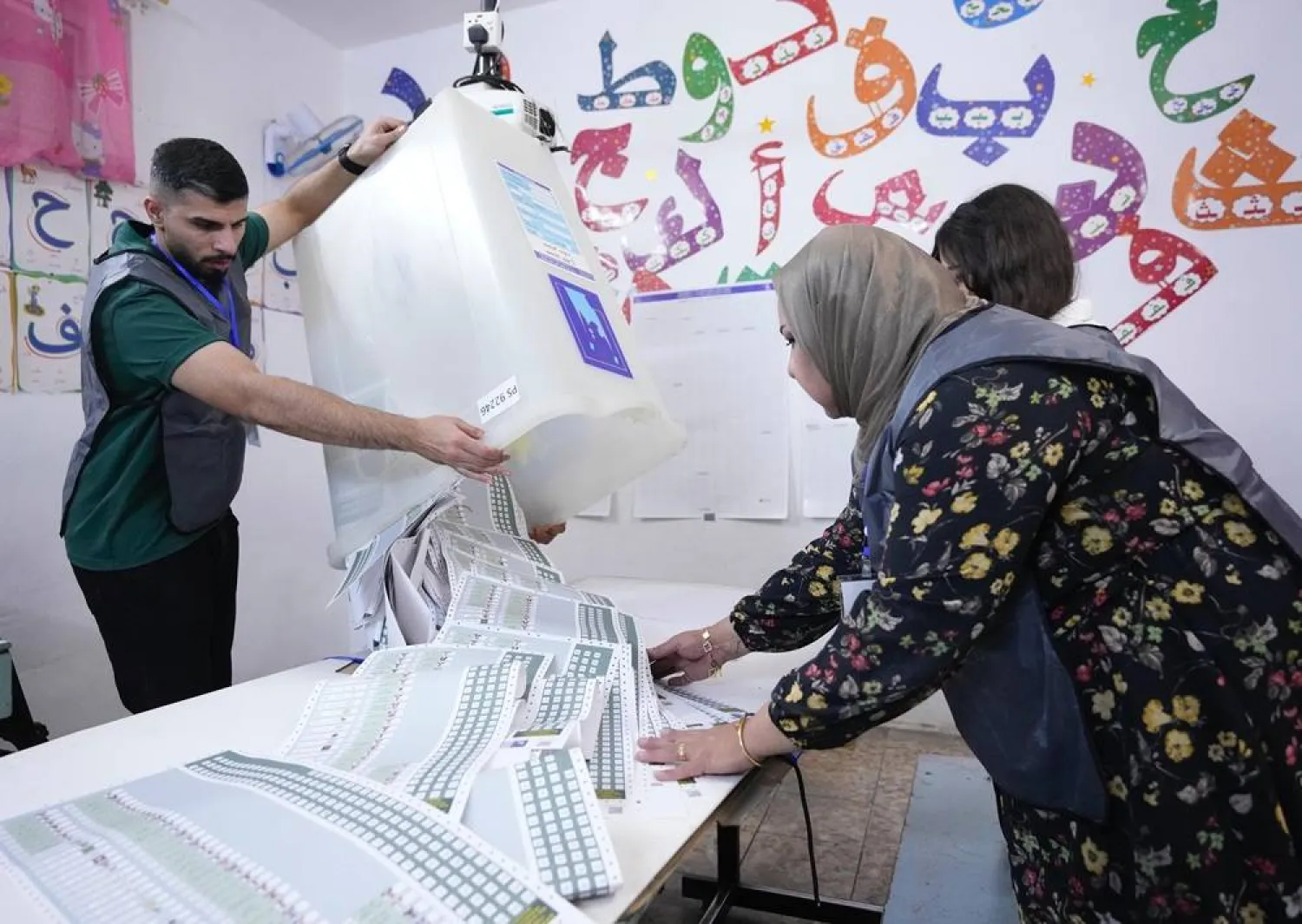Around a dozen Syrian women sat in a circle at a UN-funded center in Damascus, happy to share stories about their daily struggles, but their bonding was overshadowed by fears that such meet-ups could soon end due to international aid cuts.
The community center, funded by the United Nations' refugee agency (UNHCR), offers vital services that families cannot get elsewhere in a country scarred by war, with an economy broken by decades of mismanagement and Western sanctions.
"We have no stability. We are scared and we need support," said Fatima al-Abbiad, a mother of four. "There are a lot of problems at home, a lot of tension, a lot of violence because of the lack of income."
But the center's future now hangs in the balance as the UNHCR has had to cut down its activities in Syria because of the international aid squeeze caused by US President Donald Trump's decision to halt foreign aid.
The cuts will close nearly half of the UNHCR centers in Syria and the widespread services they provide - from educational support and medical equipment to mental health and counselling sessions - just as the population needs them the most. There are hundreds of thousands of Syrian refugees returning home after the fall of Bashar al-Assad last year.
UNHCR's representative in Syria, Gonzalo Vargas Llosa, said the situation was a "disaster" and that the agency would struggle to help returning refugees.
"I think that we have been forced - here I use very deliberately the word forced - to adopt plans which are more modest than we would have liked," he told Context/Thomson Reuters Foundation in Damascus.
"It has taken us years to build that extraordinary network of support, and almost half of them are going to be closed exactly at the moment of opportunity for refugee and IDPs (internally displaced people) return."
BIG LOSS
A UNHCR spokesperson told the Thomson Reuters Foundation that the agency would shut down around 42% of its 122 community centers in Syria in June, which will deprive some 500,000 people of assistance and reduce aid for another 600,000 that benefit from the remaining centers.
The UNHCR will also cut 30% of its staff in Syria, said the spokesperson, while the livelihood program that supports small businesses will shrink by 20% unless it finds new funding.
Around 100 people visit the center in Damascus each day, said Mirna Mimas, a supervisor with GOPA-DERD, the church charity that runs the center with UNHCR.
Already the center's educational programs, which benefited 900 children last year, are at risk, said Mimas.
Nour Huda Madani, 41, said she had been "lucky" to receive support for her autistic child at the center.
"They taught me how to deal with him," said the mother of five.
Another visitor, Odette Badawi, said the center was important for her well-being after she returned to Syria five years ago, having fled to Lebanon when war broke out in Syria in 2011.
"(The center) made me feel like I am part of society," said the 68-year-old.
Mimas said if the center closed, the loss to the community would be enormous: "If we must tell people we are leaving, I will weep before they do," she said.
UNHCR HELP 'SELECTIVE'
Aid funding for Syria had already been declining before Trump's seismic cuts to the US Agency for International Development this year and cuts by other countries to international aid budgets.
But the new blows come at a particularly bad time.
Since former president Assad was ousted by opposition factions last December, around 507,000 Syrians have returned from neighboring countries and around 1.2 million people displaced inside the country went back home, according to UN estimates.
Llosa said, given the aid cuts, UNHCR would have only limited scope to support the return of some of the 6 million Syrians who fled the country since 2011.
"We will need to help only those that absolutely want to go home and simply do not have any means to do so," Llosa said. "That means that we will need to be very selective as opposed to what we wanted, which was to be expansive."
ESSENTIAL SUPPORT
Ayoub Merhi Hariri had been counting on support from the livelihood program to pay off the money he borrowed to set up a business after he moved back to Syria at the end of 2024.
After 12 years in Lebanon, he returned to Daraa in southwestern Syria to find his house destroyed - no doors, no windows, no running water, no electricity.
He moved in with relatives and registered for livelihood support at a UN-backed center in Daraa to help him start a spice manufacturing business to support his family and ill mother.
While his business was doing well, he said he would struggle to repay his creditors the 20 million Syrian pounds ($1,540) he owed them now that his livelihood support had been cut.
"Thank God (the business) was a success, and it is generating an income for us to live off," he said.
"But I can't pay back the debt," he said, fearing the worst. "I'll have to sell everything."









